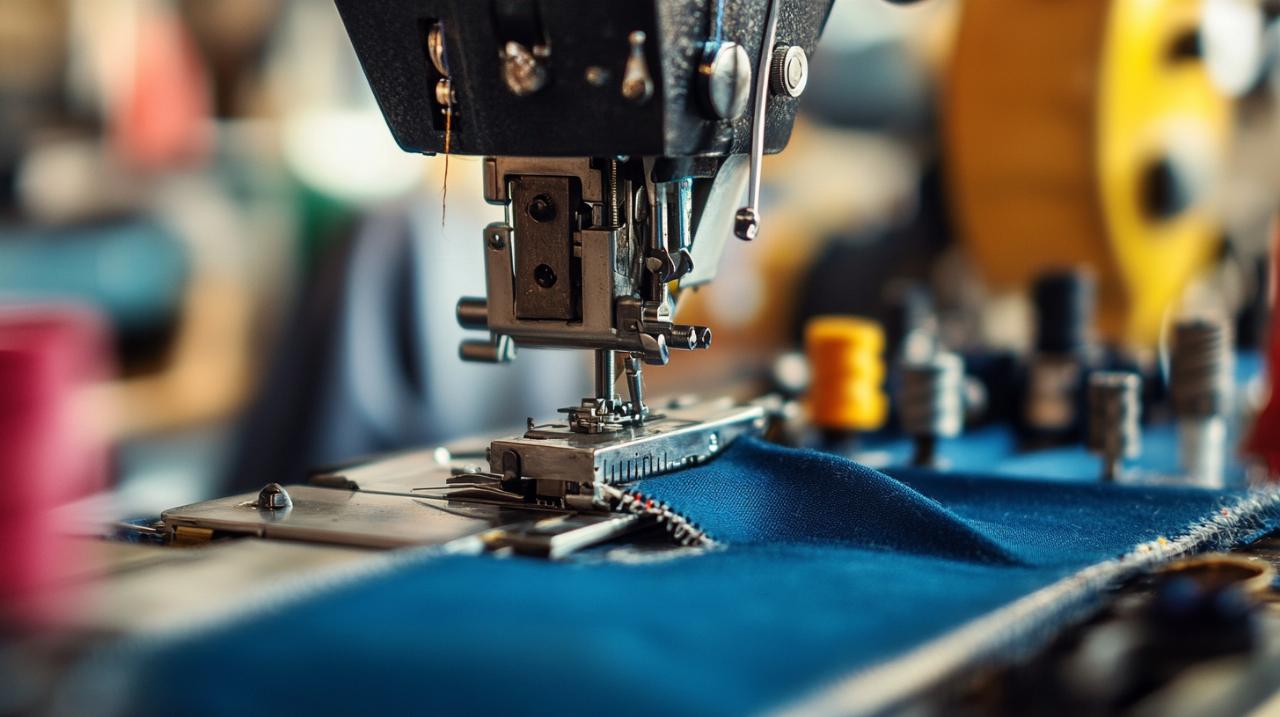Selecting the right equipment for professional sewing work involves understanding not just the mechanics of fabric manipulation but also the subtle interplay between thread, tension, and feed systems that separate amateur finishes from truly polished results. An overlocker, often referred to as a serger, stands as an indispensable tool in the professional sewing arsenal, transforming raw fabric edges into neat, durable seams whilst simultaneously trimming excess material. This specialised machine employs multiple threads to create secure, stretchy stitches that accommodate knit fabrics and prevent fraying, making it essential for anyone serious about dressmaking or garment construction.
Understanding your professional sewing requirements
Before committing to any purchase, it is vital to assess the specific demands of your sewing projects. The nature of your work will dictate the capabilities you require from your overlocker. If your primary focus involves delicate fabrics such as silks or chiffons, you will need a machine that handles fine materials with precision, avoiding puckering or distortion. Conversely, those working predominantly with heavy-duty textiles like denim or canvas will benefit from a robust motor and reinforced blade system capable of managing thicker layers without straining. Understanding this balance ensures that your investment aligns with your workflow, preventing the frustration of a machine ill-suited to your regular tasks.
Identifying your primary project types and fabric choices
The range of fabrics you encounter in your professional practice plays a decisive role in determining the best overlock machine option for your needs. Stretchy fabrics, including jersey and interlock, demand an overlocker with a reliable differential feed mechanism that prevents waviness and maintains even stitch formation. This feature adjusts the rate at which fabric is fed through the machine, ensuring that elastic materials are neither stretched nor gathered during the sewing process. For those engaged in sportswear or activewear production, a five-thread configuration offers enhanced durability and a professional finish, whilst dressmakers working with lightweight materials may find a three or four-thread setup sufficient. The key lies in matching the machine's capabilities to the fabric types you handle most frequently, ensuring consistent results across all projects.
Determining the Appropriate Thread Configuration for Your Workflow
Thread configuration represents one of the most fundamental considerations when selecting an overlocker for professional use. Machines typically offer two, three, four, or five-thread options, each serving distinct purposes. A three-thread serger provides basic edge finishing and is suitable for straightforward seam work, whilst a four-thread model adds a safety stitch that enhances seam strength, making it ideal for general sewing applications. Five-thread overlockers are reserved for professional environments where garments undergo significant stress, such as sportswear production, as they deliver maximum durability and a coverstitch function that mimics the double line of stitching visible on commercially manufactured clothing. Assessing the thread requirements of your typical projects allows you to select a machine that offers the necessary versatility without unnecessary complexity, ensuring efficiency in your daily operations.
Essential features every professional overlocker should possess

Beyond basic functionality, certain features elevate an overlocker from a competent tool to an indispensable asset in professional sewing. The build quality of the machine, for instance, directly impacts its longevity and reliability under frequent use. Models from reputable brands such as Juki, Brother, and Pfaff are engineered to withstand the demands of continuous operation, with sturdy construction and dependable components. Colour-coded threading guides simplify the often intricate task of looper threading, saving valuable time and reducing frustration. Additionally, adjustable stitch length and width settings provide the flexibility required to tailor seam finishes to specific fabric characteristics, whilst a retractable knife allows for non-cutting techniques when necessary. These features collectively contribute to a seamless workflow, minimising downtime and maximising productivity.
The Critical Role of Differential Feed and Adjustable Settings
Differential feed stands as one of the most critical features in any professional overlocker, as it directly influences the quality of the finished seam. This mechanism controls the movement of fabric through the machine, allowing operators to prevent stretching on knit fabrics and eliminate puckering on finer materials. The ability to adjust differential feed settings ensures that each fabric type receives appropriate handling, resulting in smooth, even stitches regardless of material composition. Equally important are adjustable presser foot pressure and stitch length settings, which enable precise control over seam characteristics. A stitch length range of one to four millimetres accommodates both delicate hems and robust structural seams, whilst adjustable presser foot pressure ensures consistent fabric engagement without crushing or distorting the material. Machines such as the Juki MO-644D exemplify these capabilities, offering intuitive adjustment mechanisms that facilitate rapid transitions between different fabric types and sewing tasks.
Evaluating Stitch Variety and Threading Mechanisms for Efficiency
The range of stitches available on an overlocker determines its versatility in professional applications. Rolled hem functionality, for instance, is invaluable for creating delicate edges on lightweight fabrics such as voile or georgette, producing a narrow, refined finish that enhances the garment's aesthetic. Flatlock stitches, commonly used in activewear, provide a flat seam that reduces bulk and irritation against the skin. Threading mechanisms also warrant careful consideration, as the ease of setup directly impacts productivity. Automatic threading systems, such as those found on Baby Lock models, or air-threading technology featured in the Juki MO-1000, significantly reduce the time and effort required to prepare the machine for operation. Colour-coded guides offer a more accessible alternative, providing clear visual cues that simplify the threading process. For professionals handling diverse projects, the ability to swiftly adjust thread configurations and stitch types without extensive manual adjustments translates to improved workflow efficiency and reduced operational friction.




